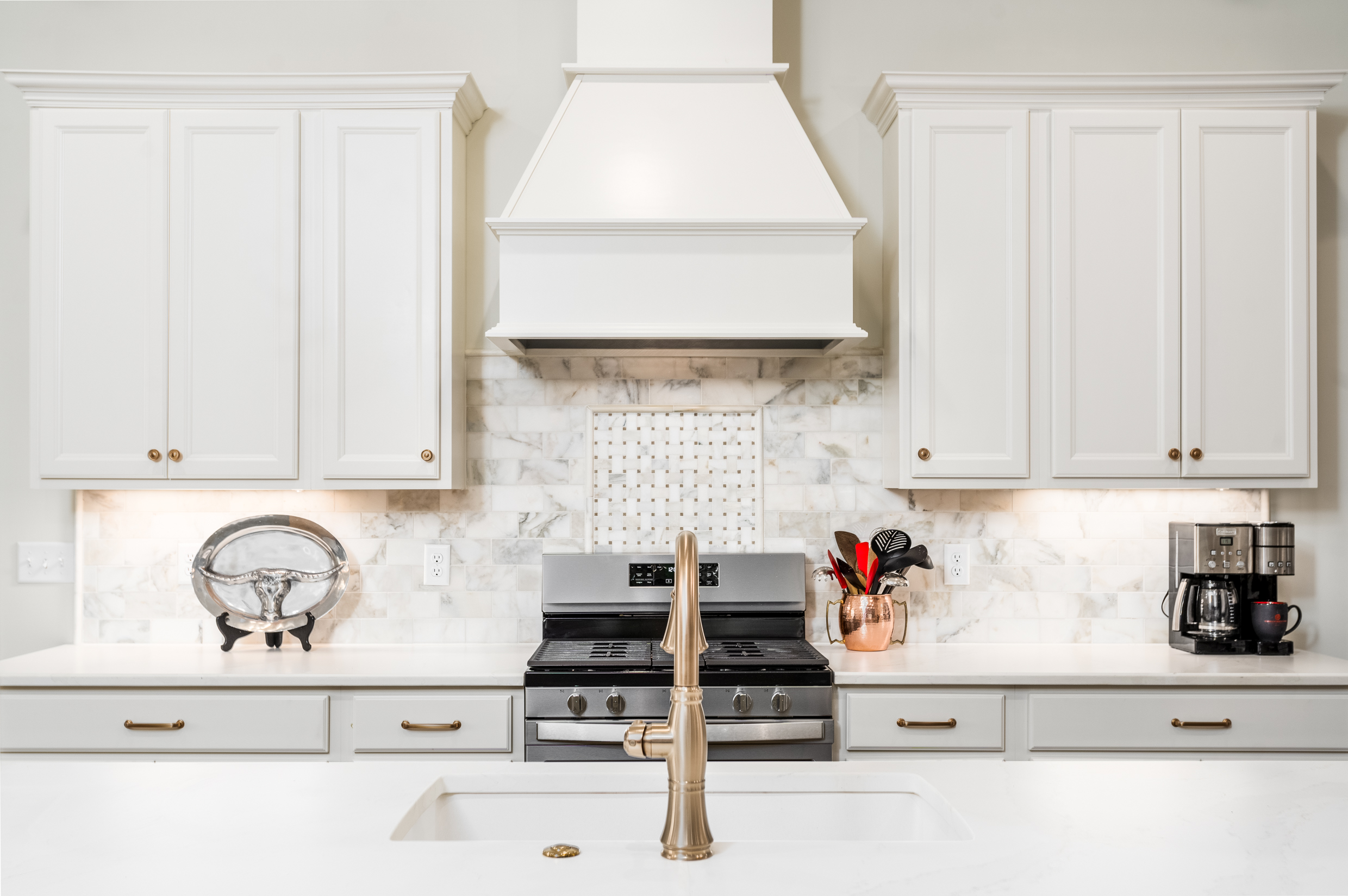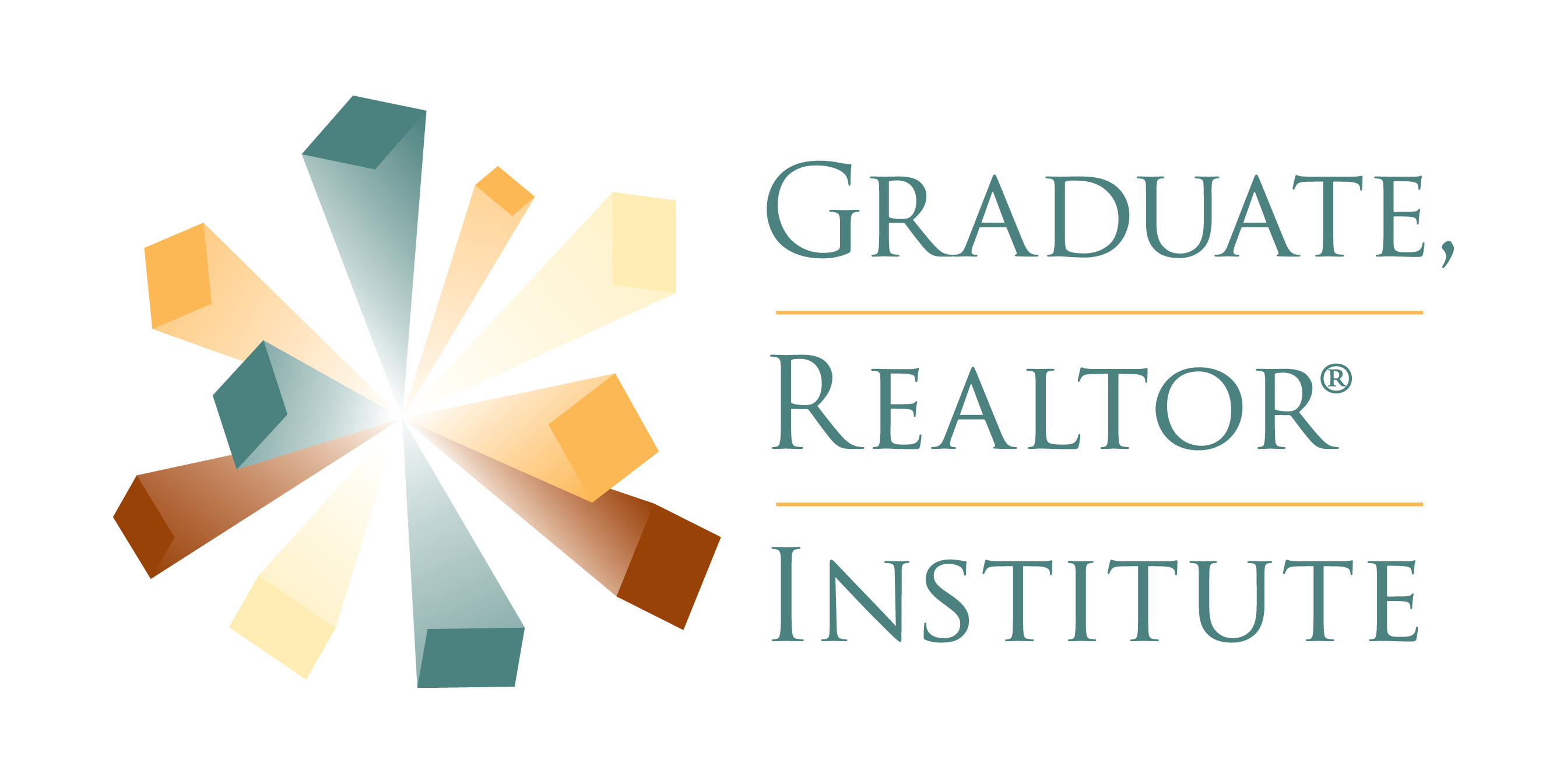When you purchase a new home, it’s essential to understand the distinction between fixtures and non-fixtures. Fixtures are items that are considered part of the property and typically stay with the house when it changes ownership. Non-fixtures, on the other hand, are items that are not permanently attached and are not included in the sale. Let’s delve into examples of both to shed light on why these distinctions matter in real estate transactions.
Fixtures:
- Built-In Appliances: Built-in kitchen appliances such as ovens, dishwashers, and stovetops are considered fixtures. They are usually attached to the property and are expected to remain with the home when you buy it.
- Light Fixtures: Permanent light fixtures, like chandeliers and ceiling fans, are fixtures. They are typically installed and meant to be part of the property.
- Window Treatments: In many cases, blinds and curtains that are custom-fitted to windows may be considered fixtures and stay with the house. However, curtains and drapes are considered personal property and need to be negotiated in the contract if the buyer would like to keep them.
- Landscaping: Trees, shrubs, and plants that are part of the landscape design are fixtures. However, potted plants or removable garden decorations are not.



Non-Fixtures:
- Furniture and Personal Belongings: Items like sofas, dining tables, and personal belongings are non-fixtures. They are not permanently attached and do not come with the house.
- Portable Appliances: Appliances like a refrigerator, washer, dryer, or standalone microwave are non-fixtures and are typically not included in the sale unless specified otherwise.
- Rugs and Carpets: While wall-to-wall carpeting may be considered a fixture, area rugs are not. They can be easily removed and taken by the seller.
- Wall Art and Decorations: Paintings, mirrors, and wall decorations are non-fixtures. They are personal items and are not part of the property’s structure.



The reason behind these distinctions is to provide clarity in real estate transactions and avoid disputes between buyers and sellers. Fixtures are considered part of the property’s value, and buyers expect them to remain in place. Non-fixtures, on the other hand, are the seller’s personal property and are not included unless specifically negotiated.
It’s crucial to review the list of fixtures and non-fixtures in the purchase agreement to ensure that both parties are on the same page. If there are items that the buyer wishes to include or exclude, it should be clearly documented in the contract. Understanding these distinctions helps ensure a smooth transition when buying or selling a home and prevents any surprises along the way.

 Facebook
Facebook
 X
X
 Pinterest
Pinterest
 Copy Link
Copy Link






